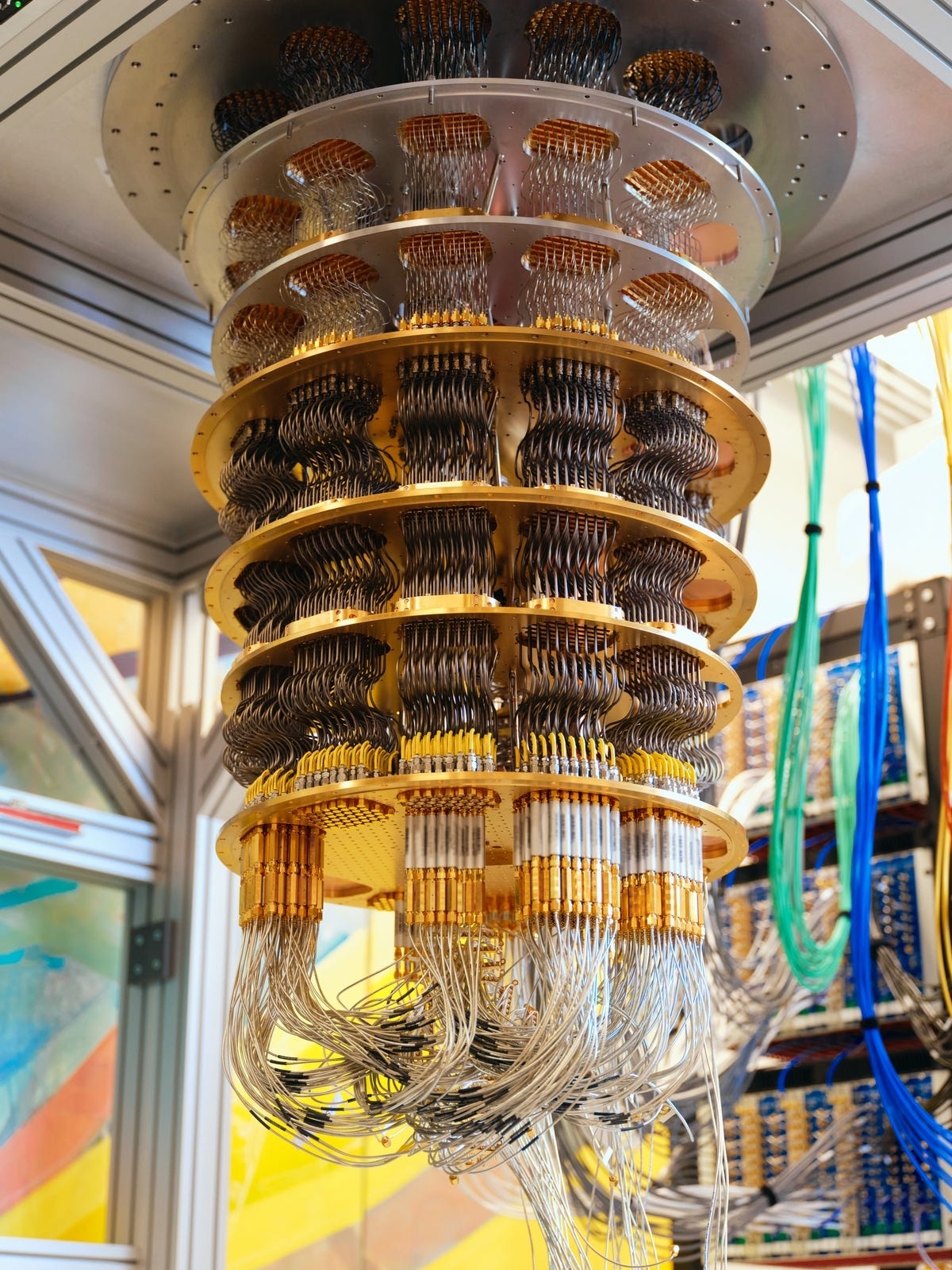The Bitcoin mining industry has long been centered on enhancing resource and capital efficiency. With the convergence of finance and blockchain technology, the innovative model of Tokenized Hashrate has emerged. Represented by Blockstream’s Mining Note (BMN) and Hashrate Asset Group’s HAG Token, Tokenized Hashrate is becoming a key driver in Bitcoin mining finance.
Beyond its immediate impact, this innovation also provides a roadmap for the future of Real-World Assets (RWA), showcasing how blockchain technology can empower forward-looking assets, rather than simply digitizing traditional ones.
At its core, Tokenized Hashrate transforms Bitcoin mining power into a financial asset by tokenizing it on the blockchain. This process bridges physical mining capacity with digital financial markets, offering miners and investors unparalleled flexibility and transparency.
- Blockstream Mining Note (BMN)
BMN is a financial instrument tied to Blockstream’s mining operations. Each BMN token represents a specific share of Bitcoin mining revenue generated from Blockstream’s data centers. Issued through a Security Token Offering (STO), BMN is available only to qualified investors, ensuring regulatory compliance while offering a secure and transparent investment environment. - HAG Token (Hashrate Asset Group)
HAG Token takes this concept further by aggregating mining power from multiple facilities to provide investors with diversified mining revenue streams. HAG also adopts the STO model, strictly adhering to securities regulations, creating a compliant investment opportunity that builds trust among investors.
These projects demonstrate how real-world assets like mining hashrate can be integrated with blockchain technology, setting new standards for asset financialization and liquidity. However, the implications go beyond mining power, offering valuable lessons for the future of RWA.
The tokenization of Real-World Assets (RWA) has gained significant traction in recent years, covering sectors like real estate and commodities. However, the success of RWA hinges not on the digitization of traditional assets, but on embracing forward-looking assets that align with future growth and innovation. Tokenized Hashrate serves as a compelling example of this shift:
- Growth Potential of Forward-Looking Assets
Traditional assets, such as real estate or fine art, primarily focus on improving liquidity but often lack significant growth potential. In contrast, forward-looking assets like Bitcoin mining hashrate are directly tied to technological innovation and emerging markets, offering investors higher returns. - Dynamic Revenue Models
Unlike traditional RWA, which often rely on fixed-income models, Tokenized Hashrate revenues are tied to Bitcoin prices and mining efficiency. This dynamic structure aligns with investors’ increasing appetite for higher-risk, higher-reward opportunities. - Compatibility with DeFi
Forward-looking assets like Tokenized Hashrate integrate seamlessly with decentralized finance (DeFi) ecosystems, enabling global investors to trade or collateralize their tokens. This flexibility sets them apart from traditional assets. - Catalyzing Green and Innovative Industries
Projects like HAG Token can be linked to sustainable energy mining, channeling capital toward blockchain and emerging industries. This alignment with global sustainability goals attracts institutional and compliant investors.
Tokenized Hashrate illustrates that the future of RWA lies in empowering forward-looking assets through blockchain technology rather than merely digitizing traditional ones. Key trends that highlight this shift include:
- Tokenization of New Infrastructure Assets
Bitcoin mining hashrate is just one example of a new infrastructure asset. Other possibilities include renewable energy capacity, AI computational resources, and even space infrastructure. These assets represent productivity in emerging fields and offer investors exposure to future growth. - Evolving Revenue Models
Future RWA tokens must adopt dynamic revenue models, such as those tied to market performance or project success. This approach caters to investors seeking exposure to high-growth industries. - Transition from Traditional to Future-Oriented Assets
While tokenizing traditional assets like real estate is an important first step, the long-term value lies in building ecosystems for forward-looking assets. Projects like BMN and HAG Token demonstrate how these assets can be integrated into mainstream financial systems through compliance and innovation. - Regulatory Compliance as a Foundation
By adopting the STO model, Tokenized Hashrate projects ensure legality and security, setting a standard for the future of RWA projects that aim to balance innovation with trustworthiness.
BMN and HAG Token are not only innovative examples of Bitcoin mining finance but also pave the way for the future of RWA. These projects show that the success of RWA depends not just on adding liquidity to traditional assets but on creating and unlocking the potential of assets that drive future growth.
For investors, Tokenized Hashrate offers a direct channel to participate in the benefits of future technologies. For miners and asset issuers, it provides a more efficient way to raise capital. And for the blockchain and financial industries as a whole, it sets a precedent for sustainable growth through compliance and innovation.
The future of RWA lies in embracing new types of assets and aligning them with emerging technologies and growth markets. Tokenized Hashrate is lighting the way forward.

 9 months ago
52
9 months ago
52


 English (US) ·
English (US) ·